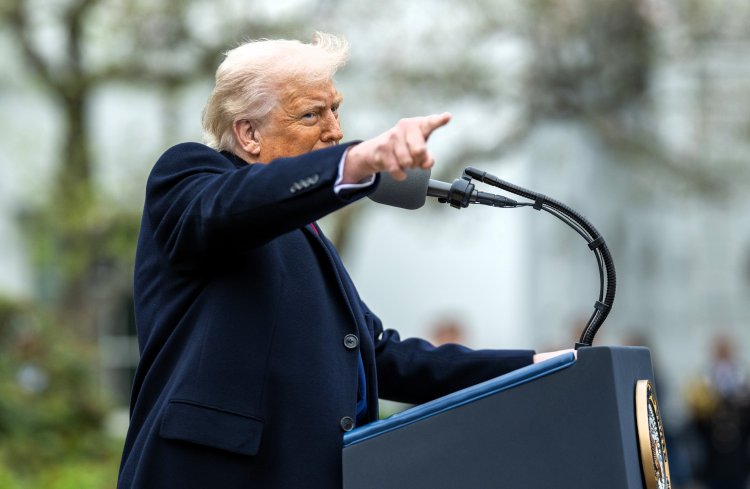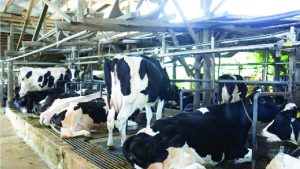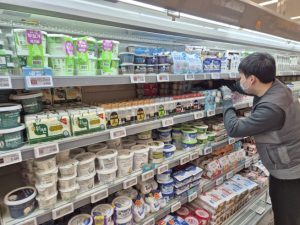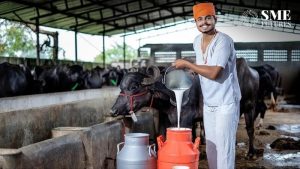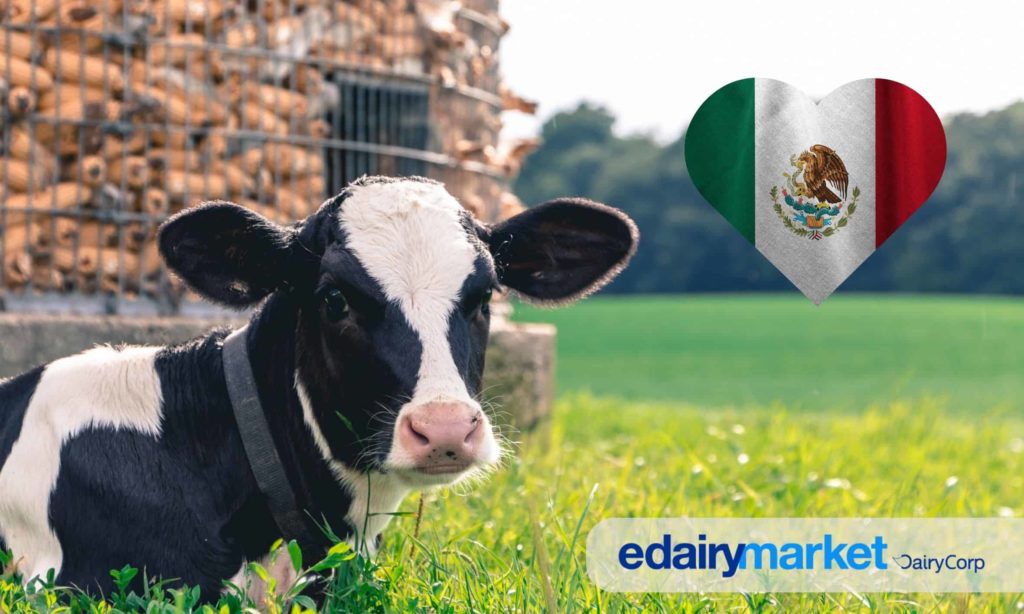
New US Duties Target Exports Amidst Dairy and Agriculture Standoff.
India is now facing a new 25% tariff on a wide range of its exports to the U.S., a direct consequence of its refusal to open its sensitive agriculture and dairy markets. Effective August 1, 2025, this move by U.S. President Donald Trump is being seen by Indian officials not just as a trade measure but as a coercive diplomatic tactic. The escalation in tensions highlights the deep-seated disagreements between the two nations over a bilateral trade deal.
The core of the conflict lies in India’s steadfast protection of its rural economy. Indian officials have consistently refused U.S. demands for access for genetically modified (GM) crops and American dairy products. This is not merely an economic decision but a politically and culturally sensitive one, as India cites religious and sanitary objections, particularly regarding the use of animal-based feed. For India’s vast network of small farmers, the dairy sector is a lifeline, and opening the market to subsidized American goods is feared to cause irreparable damage to rural livelihoods.
While the new tariffs affect key value-added sectors like processed foods, marine products, and agri exports, they have so far spared critical industries such as pharmaceuticals and semiconductors. However, economists are sounding the alarm. If these tariffs become permanent, they could trigger significant rural income shocks and potentially reduce India’s GDP growth by up to 0.5%. This demonstrates the significant economic firepower the U.S. is using to push its trade agenda.
Indian officials frame this standoff as a “sovereignty challenge.” They argue that a nation’s right to protect its food security and rural livelihoods should not be jeopardized by trade agreements. The country has existing laws and policies in place, such as those related to food sovereignty and price protection systems, which are designed to safeguard its farming population. This highlights the foundational difference in how the two nations view the role of agribusiness in their respective economies.
Despite the current trade tensions, a sixth round of bilateral trade negotiations is still scheduled for late August. This suggests that while both sides are digging in on their positions, the dialogue remains open. For the international dairy community, this ongoing conflict serves as a crucial case study on the geopolitical complexities and social stakes involved when negotiating market access in sensitive agricultural sectors.
Source: Rural Voice: India faces 25% US tariff firepower over refusal to open farm dairy markets
You can now read the most important #news on #eDairyNews #Whatsapp channels!!!
🇮🇳 eDairy News ÍNDIA: https://whatsapp.com/channel/0029VaPidCcGpLHImBQk6x1F
